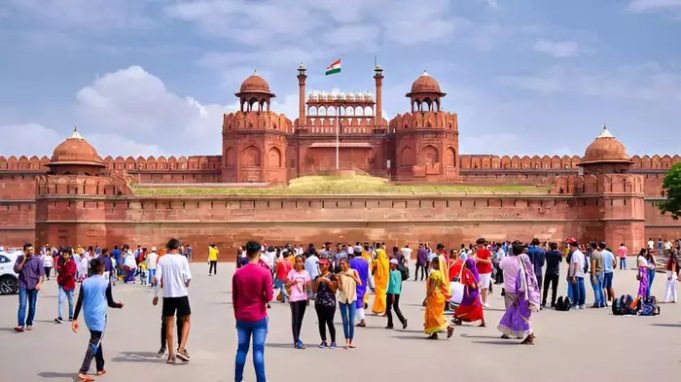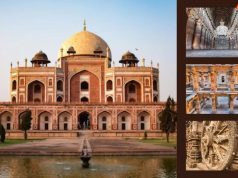Lal Qila, also known as Red Fort, is a historic fort in Delhi, which was built by Mughal emperor Shah Jahan in the 17th century. Foreigners visiting here are also amazed to see its magnificent construction. This fort is built of stones and its architecture is a beautiful combination of Persian, Timuri and Indian styles. This fort, located near Chandni Chowk in Old Delhi, is also a UNESCO World Heritage Site, and is also considered a symbol of India’s glorious history and independence. Let’s know how the Red Fort used to be the White Fort earlier.
When was the construction done
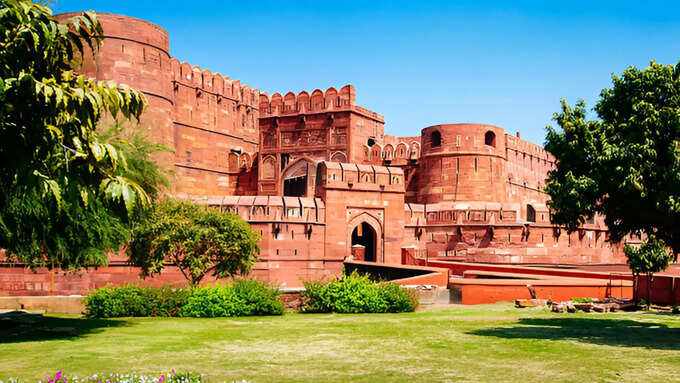
The construction of this fort was started in the Islamic month of Muharram in 1638, when Mughal emperor Shah Jahan built it. It took about 10 years to complete and a city named Shahjahanabad was built around it. The fort was built so that at that time Shah Jahan was shifting his capital from Agra to Delhi.
How did the red color turn into red
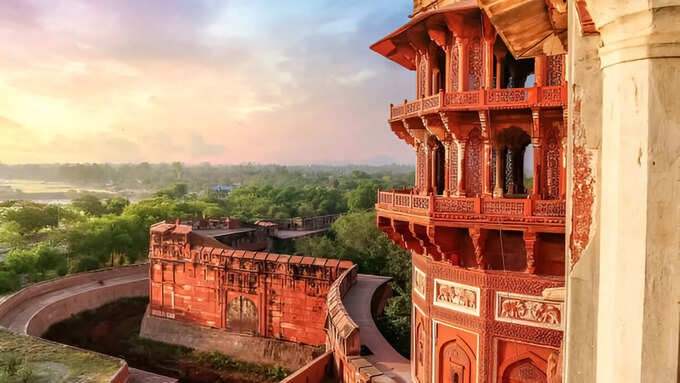
The fort is famous all over the world for its red sandstone, but in reality it was white in colour because it was covered with white lime (lime plaster). When over time the plaster started wearing off, the British painted it red to protect it. Since then, it was named Lal Qila (Red Fort).
At the time of digging in red
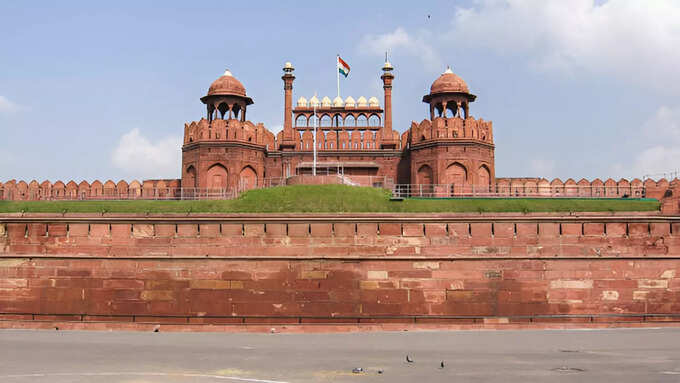
During the excavation in the Red , some old utensils and things were found, which were related to the culture named “Okhar Colored Pottery” and it is believed that they are from 2600–1200 BC. It shows that this area was inhabited thousands of years before Shah Jahan built the fort. Similar excavations are also seen in Haryana and Uttar Pradesh, which give information about ancient settlements.
Chatta Chowk of Red Fort
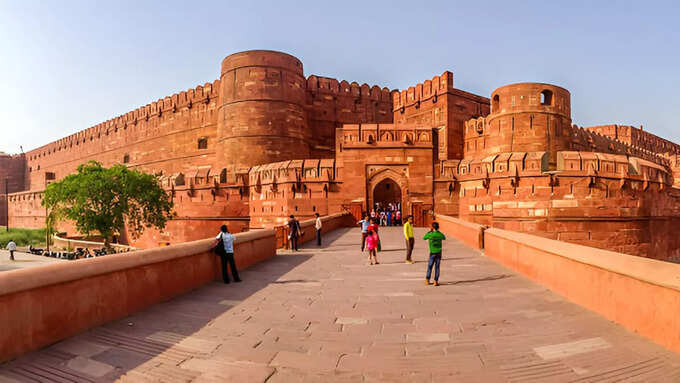
There is a place in the Red Fort called “Chhatta Chowk” – it is a covered market with 32 arched shops, silk clothes, precious stones and jewelry etc. used to be sold here. It was very special for that time, because most Mughal markets used to be in the open, but this was a closed market inside the fort, especially for the court and royal guests.
The structure of the fort was very special
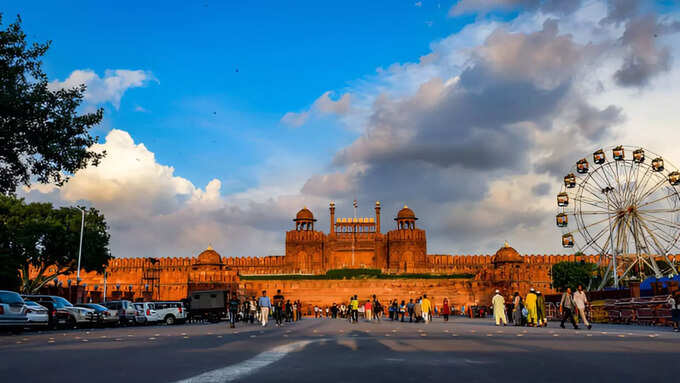
The design of this fort is very special, some rooms were built in such a way that any person coming inside can be identified by the echo of his voice even before he enters. This helped the people sitting in the court to understand who is coming.
Fort, home of the last emperor
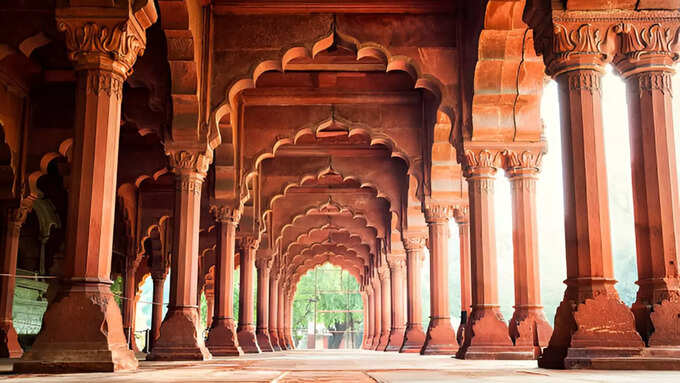
The fort was also the home of the last Mughal emperor Bahadur Shah Zafar. After the 1857 revolt, the British tried him for treason in the Diwan-i-Khas (Royal Court) of this fort and then deported him to Rangoon (now Myanmar).
The world’s famous Kohinoor
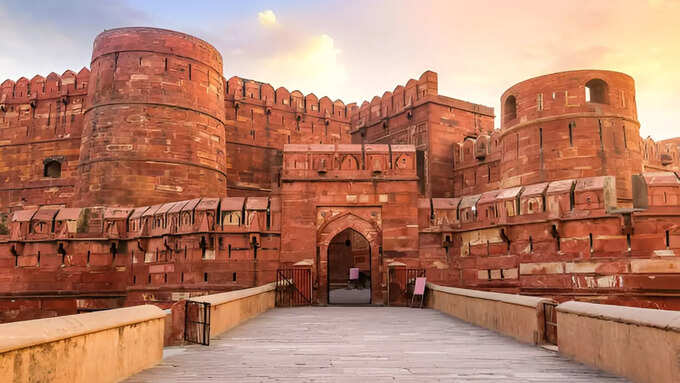
It is said that the world famous Kohinoor, which is now in London, was once attached to the Peacock Throne kept in the Diwan-e-Khas of this fort. Both these precious things have been taken from India.


